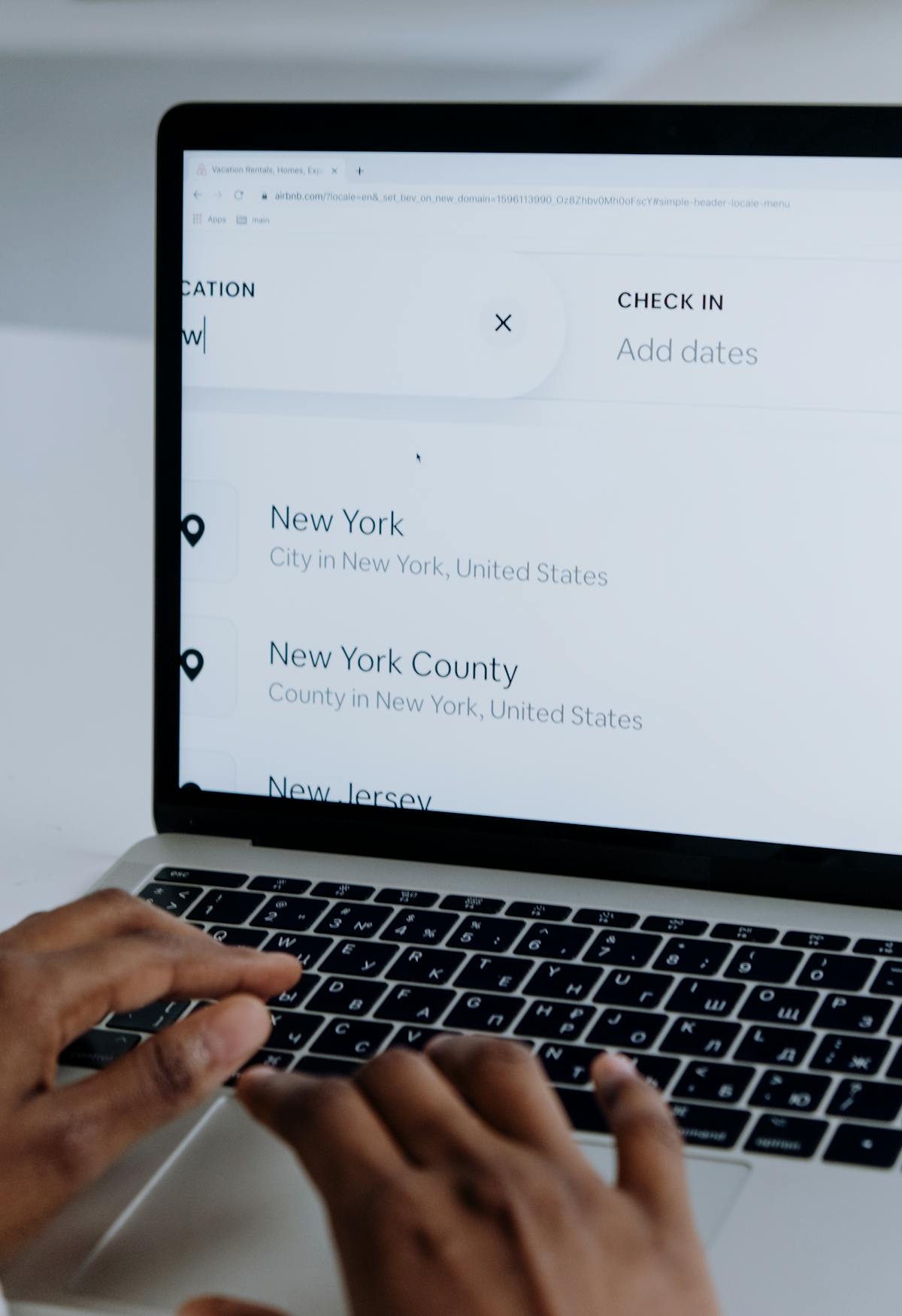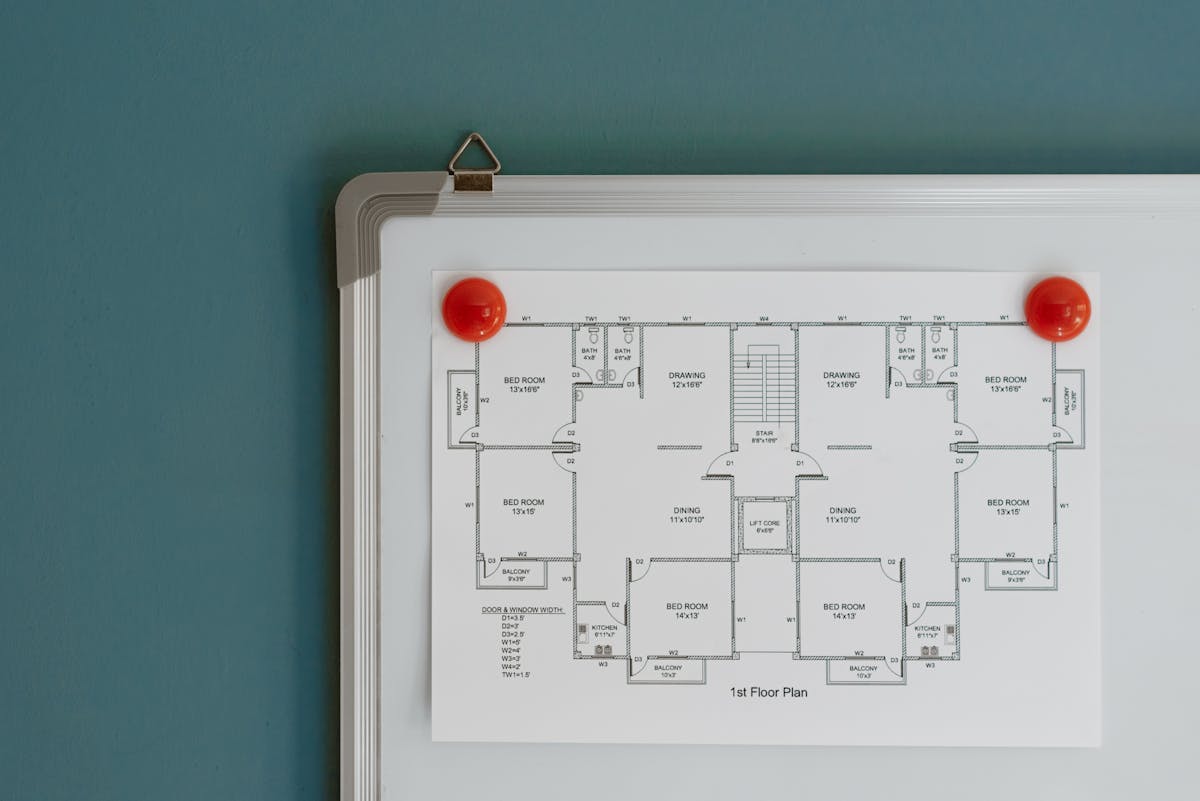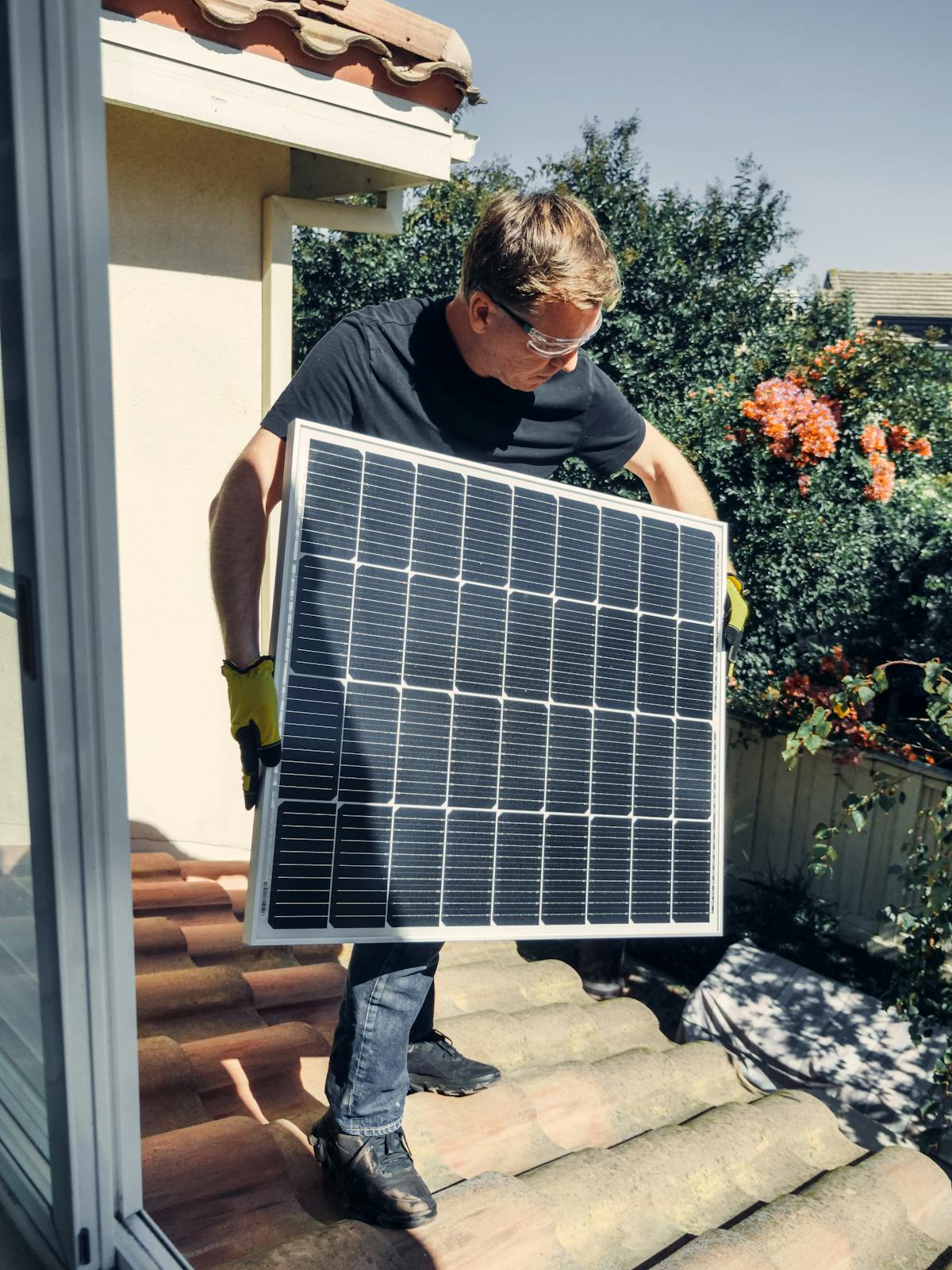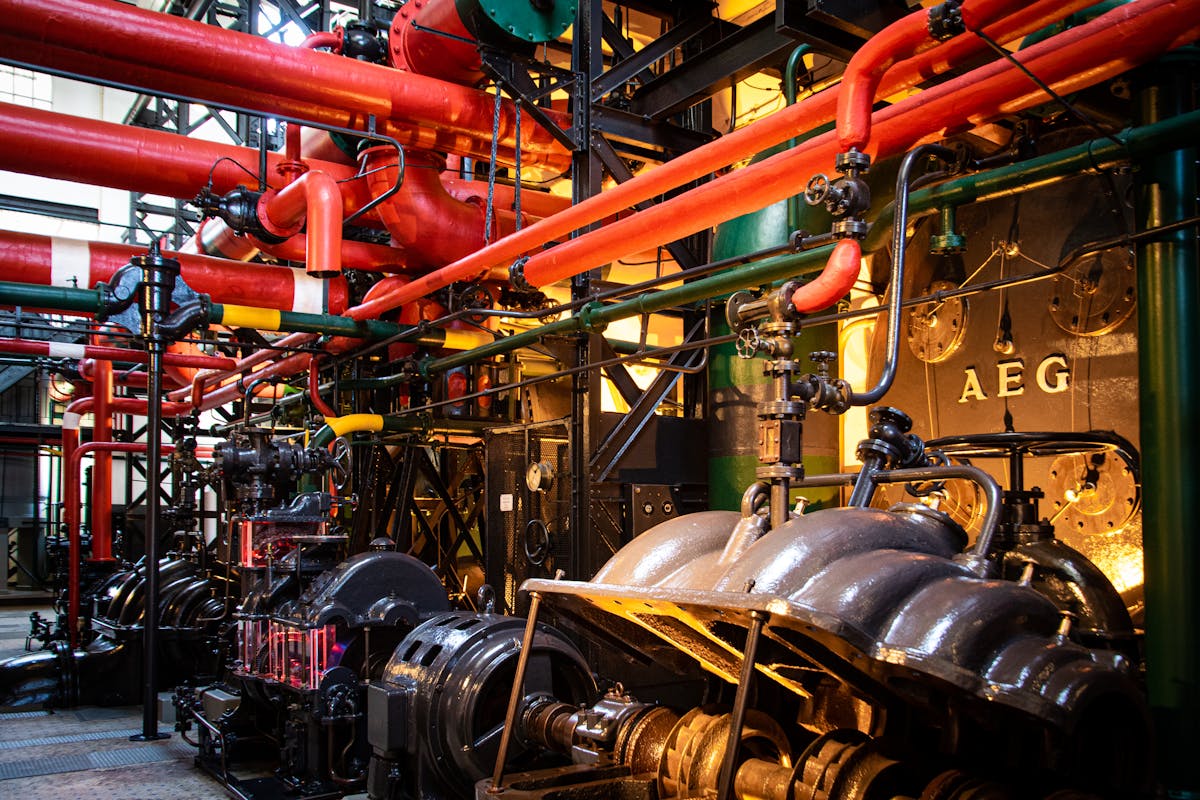
Part 1: Introduction — A New Era of Home Insurance
In 2025, the home insurance industry in the United States is no longer about waiting for accidents to happen — it’s about preventing them before they occur. Smart homes, powered by artificial intelligence, sensors, and connected devices, have completely redefined what “protection” means for homeowners.
According to a 2025 McKinsey report, over 68% of U.S. households now have at least one smart security or automation device that directly impacts their insurance rates. This digital shift has created a win-win situation — homeowners get lower premiums, and insurers experience fewer claims.
💡 Why It Matters:
- Smart devices prevent costly damages from fires, leaks, or break-ins.
- AI monitoring reduces false claims and accelerates legitimate ones.
- Homeowners save up to 35% annually through data-backed discounts.
Before 2020, home insurance was primarily reactive — you paid premiums and hoped for the best. Now, in 2025, it’s a proactive ecosystem combining technology, sustainability, and real-time risk management.
Part 2: How Smart Home Devices Reduce Insurance Costs
Insurance companies are evolving from assessors of risk to partners in prevention. By encouraging homeowners to install specific devices, insurers can lower risk and reward customers financially.
🔹 1. Smart Security Systems
Modern home insurance companies now require smart security systems like Ring and Google Nest for discount eligibility. These systems detect motion, send alerts, and even notify authorities automatically — reducing burglary-related claims by 60%.

🔹 2. Smart Smoke and Leak Detectors
Smoke and water damage account for the majority of home insurance claims. Devices like Honeywell Smart Detectors automatically alert both the homeowner and insurer when a hazard is detected. In fact, Nationwide Insurance offers up to 25% off premiums for homes equipped with these systems.
🔹 3. AI-Driven Maintenance Alerts
Smart sensors in HVAC and plumbing systems can predict potential malfunctions before they occur. This predictive maintenance prevents thousands of dollars in damage — and lowers claim frequency dramatically.
🔹 4. Smart Door Locks and Entry Systems
Forgot to lock your door? Your phone can handle it remotely. These technologies reduce liability for break-ins and unauthorized access — a growing focus for urban homeowners in 2025.

🔹 5. Energy Monitoring Systems
Many insurers now offer “eco discounts” for smart homes that track and optimize energy consumption. Companies like Progressive and State Farm integrate with energy apps to reward eco-conscious homeowners.
Example: A family in Austin, Texas, saved 18% annually after installing a smart thermostat and leak detection system — verified through their insurer’s AI dashboard.
📚 Sources:
- McKinsey Insurance Technology Outlook 2025
- Policygenius Home Insurance Trends 2025
- NerdWallet Best Home Insurance Companies 2025

Part 3: How Artificial Intelligence Is Revolutionizing Home Insurance
In 2025, artificial intelligence (AI) has become the core engine driving innovation in the home insurance industry. From evaluating risks to preventing damages, AI transforms how insurers operate — and how homeowners save money.
🤖 AI Underwriting and Real-Time Risk Assessment
Gone are the days when underwriters relied solely on questionnaires and neighborhood averages. Today, insurers use real-time data from smart devices to calculate premiums dynamically. AI algorithms analyze thousands of variables — humidity, power usage, even vibration patterns — to predict potential hazards.
Example: If your smart home sensors detect consistent humidity near a basement wall, the insurer’s AI can automatically schedule a home inspection before a leak even happens.
📊 Predictive Damage Modeling
Companies like Allstate and Progressive are using machine learning to anticipate the next claim before it occurs. These models save insurers billions annually and pass some of those savings to customers through lower premiums.
💬 AI Chatbots and Instant Claims
Filing a claim is no longer a week-long ordeal. AI chatbots like Liberty Mutual’s “LM Assist” process minor claims in under 10 minutes, using uploaded photos and sensor data to validate the situation instantly.

Part 4: Comparing the Top U.S. Home Insurance Companies in 2025
Not all insurance companies are created equal. Some have fully embraced AI and smart home integration, while others still rely on traditional models. Here’s how the leading U.S. insurers stack up in 2025:
| Company | Smart Device Discounts | Claim Speed (Average) | AI Integration Level | Customer Rating |
|---|---|---|---|---|
| State Farm | Up to 35% | 24 hrs | High | 4.8/5 |
| Progressive | Up to 30% | 1–2 days | High | 4.6/5 |
| Allstate | 25% | 2 days | Moderate | 4.5/5 |
| Liberty Mutual | 20% | Instant for small claims | High | 4.7/5 |
| USAA | 28% | 2–3 days | High | 4.9/5 |
Observation: The trend is clear — the higher the AI integration, the faster the claims and the better the customer satisfaction ratings.
📚 Sources:
- Policygenius Homeowners Insurance Data 2025
- McKinsey 2025 Digital Insurance Report
- ValuePenguin Home Insurance Insights 2025

Part 5: Climate Change and the New Risk Landscape
By 2025, the biggest challenge for home insurers isn’t theft or fire — it’s climate change. Rising sea levels, wildfires, and severe storms have forced the insurance industry to reinvent itself.
🔥 Rising Premiums in High-Risk Areas
States like Florida, California, and Louisiana have seen insurance premiums rise by 60% since 2020. Some insurers have even withdrawn entirely from wildfire-prone zones, leaving millions searching for alternative coverage.

🌊 Flood and Hurricane Coverage
The National Flood Insurance Program (NFIP) remains the main safety net for millions of homeowners. However, new private insurers like Neptune Flood use satellite AI mapping to offer personalized flood risk evaluations — making policies more accurate and affordable.
Case Study: In Miami, smart flood sensors installed along coastal neighborhoods now send real-time data to both insurers and city planners, reducing claims by 22% in 2025.
🌪️ Smart Weather Prediction Integration
AI tools from IBM Weather Insights are integrated into insurance dashboards to forecast micro-weather risks. This allows insurers to adjust coverage dynamically — increasing protection for clients just before severe storms hit.
Part 6: Sustainability Discounts — Going Green Pays Off
One of the most surprising trends in 2025 is the growth of “green insurance discounts.” Homeowners who adopt eco-friendly upgrades now save significantly on premiums.
♻️ Smart Energy Systems
Homeowners who install solar panels, EV charging stations, or smart thermostats qualify for eco-discounts. Insurance giants like Allstate and Progressive offer up to 20% reductions for verified installations.

💧 Water Recycling and Smart Irrigation
In drought-prone areas like Nevada and Arizona, smart irrigation systems that monitor water usage can reduce insurance rates by up to 15%. They’re linked directly to insurer dashboards, allowing companies to verify compliance instantly.
🏡 Recycled and Fire-Resistant Building Materials
Homes built with recycled steel or fire-resistant materials qualify for specialized “Resilient Home Coverage.” This new policy type combines eco-consciousness with disaster protection — a trend expected to grow by 40% through 2026.
📚 Sources:
- NOAA Climate Reports 2025
- FEMA: National Flood Insurance Program
- IBM Weather & Climate AI Solutions
- Policygenius 2025 Insurance Sustainability Report

Part 7: The Future of Home Insurance — Predictive Coverage and Blockchain Security
In 2025, technology isn’t just supporting home insurance — it’s redefining its DNA. The next big leap? Predictive coverage powered by artificial intelligence and secured by blockchain technology.
🔮 Predictive Coverage Models
Imagine your home insurance policy adjusting itself before an incident even occurs. That’s exactly what predictive models aim to achieve. Using data from IoT (Internet of Things) devices, weather forecasts, and maintenance logs, insurers now anticipate risks with unprecedented accuracy.
Example: A house in Houston equipped with smart roof sensors automatically triggered a policy adjustment right before a severe storm — increasing coverage for roof damage in real-time. The homeowner didn’t lift a finger, and the AI did the rest.
🔗 Blockchain for Claims and Contracts
Blockchain ensures instant transparency and fraud prevention in insurance contracts. Instead of paper-based policies, smart contracts execute automatically once conditions are met.
For example, if a water leak sensor detects a burst pipe and sends proof via blockchain, the claim can be approved and paid out instantly without manual verification.

🧠 Self-Learning Risk Systems
Machine learning algorithms now analyze behavior patterns over time — such as energy usage or maintenance habits — to customize premiums dynamically. It’s a complete shift from static pricing to behavior-based coverage.
Insurer Example: Companies like Lemonade and Hippo have pioneered AI-driven, self-learning insurance ecosystems that update policy conditions automatically every 30 days.
Part 8: Data Privacy, Trust, and the Human Factor
But with great data comes great responsibility. As homes become smarter and insurers more data-hungry, questions of privacy and ethics have emerged at the center of the conversation.
🕵️ Data Ownership in Smart Homes
Who owns your home data — you or the insurance company? In 2025, new privacy laws in California and New York now require explicit consent from homeowners before insurers can use behavioral data for pricing.
That means even though your thermostat data can lower premiums, it’s still your choice whether to share it.

👩💼 The Human Touch: AI + Advisors
Even with all the automation, human expertise remains irreplaceable. Insurance agents are evolving into risk advisors — interpreting AI data for clients, helping them find balance between savings and coverage.
📈 The Next 5 Years
Experts predict that by 2030, over 85% of U.S. homes will have AI-linked insurance policies that adjust premiums in real-time. Insurers that fail to adopt predictive, transparent systems will likely be replaced by tech-driven disruptors.
📚 Sources:
- Hippo Smart Home Insurance Report 2025
- Lemonade AI and Blockchain Insurance Insights
- IBM Blockchain Insurance Solutions
- Policygenius 2025 Smart Home Data Privacy Study

Part 9: Home Insurance 2030 — What Comes Next?
The home insurance industry is standing at the edge of a technological revolution. By 2030, insurance won’t just protect — it will predict, prevent, and personalize.
🏠 Prediction Becomes the Core Product
Instead of waiting for accidents, insurers will use AI-driven models to foresee potential damage and send proactive maintenance alerts. It’s the era of “Preventive Insurance,” where policyholders are rewarded not for recovery, but for avoidance.
🌐 Integration With Smart Cities
Home insurance won’t stay confined to your four walls. It will connect to larger ecosystems — neighborhood sensors, municipal risk databases, even autonomous drone surveillance for damage verification.
In San Francisco, for instance, city-wide “smart blocks” will soon share anonymized risk data with insurers — making community-level coverage both cheaper and safer.

💵 Personalized Premiums Based on Lifestyle
Your insurance premium will depend not just on your house, but your habits. For example, homeowners who perform regular system updates, maintain eco-friendly practices, and use verified IoT devices will get continuous discounts.
It’s a new partnership between humans and algorithms — and it’s changing how we define responsibility.
Part 10: The Human Side of a Digital Revolution
Despite all the tech innovation, one truth remains: insurance is about people. Behind every data point is a family, a memory, a story worth protecting.
💬 Real-Life Impact Stories
Take the Johnson family in Austin, Texas. Their smart home AI alerted them of a hidden pipe leak at 3:00 AM, just hours before a flood could have caused $25,000 in damages. Their insurer’s instant-claim AI processed the reimbursement in under 12 hours.
For them, technology wasn’t about convenience — it was about peace of mind.

🤝 Ethics and Empathy in InsurTech
The challenge ahead for insurers isn’t just technical — it’s ethical. Companies must balance innovation with compassion, automation with humanity, and data with trust.
As AI continues to reshape the landscape, empathy will be the factor that differentiates the best insurers from the rest.
🚀 Final Thoughts
Home insurance in 2025 is no longer a dull financial product — it’s an intelligent, living ecosystem that adapts to you. From AI claims to blockchain transparency, and from smart homes to sustainable living — the revolution is here.
And those who embrace it today will be the ones protected tomorrow.
